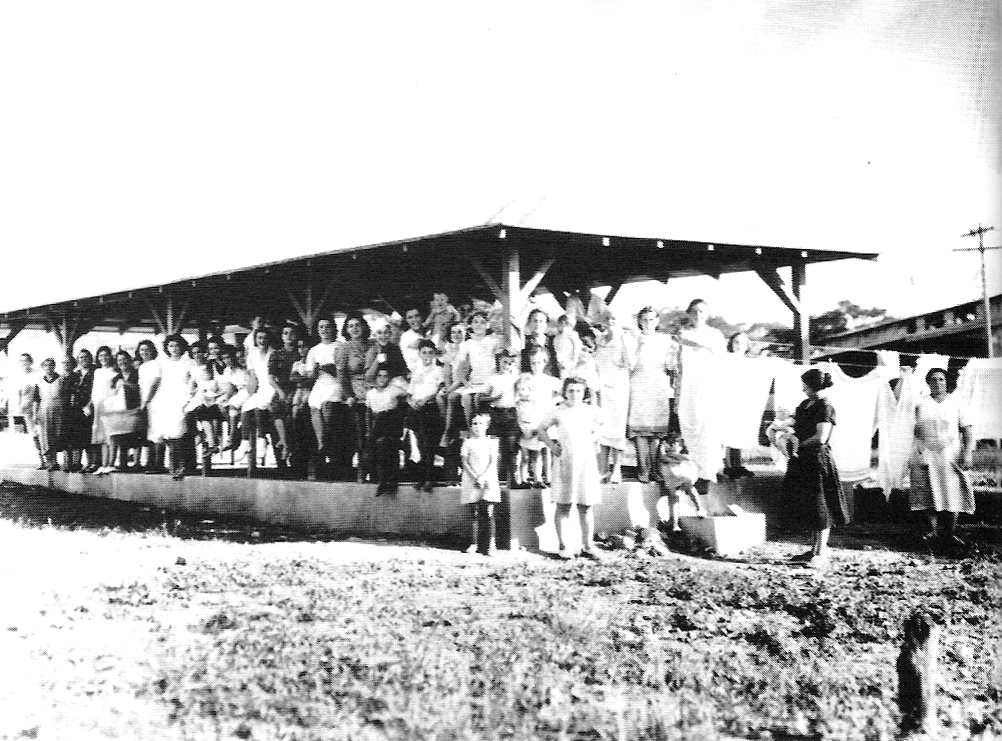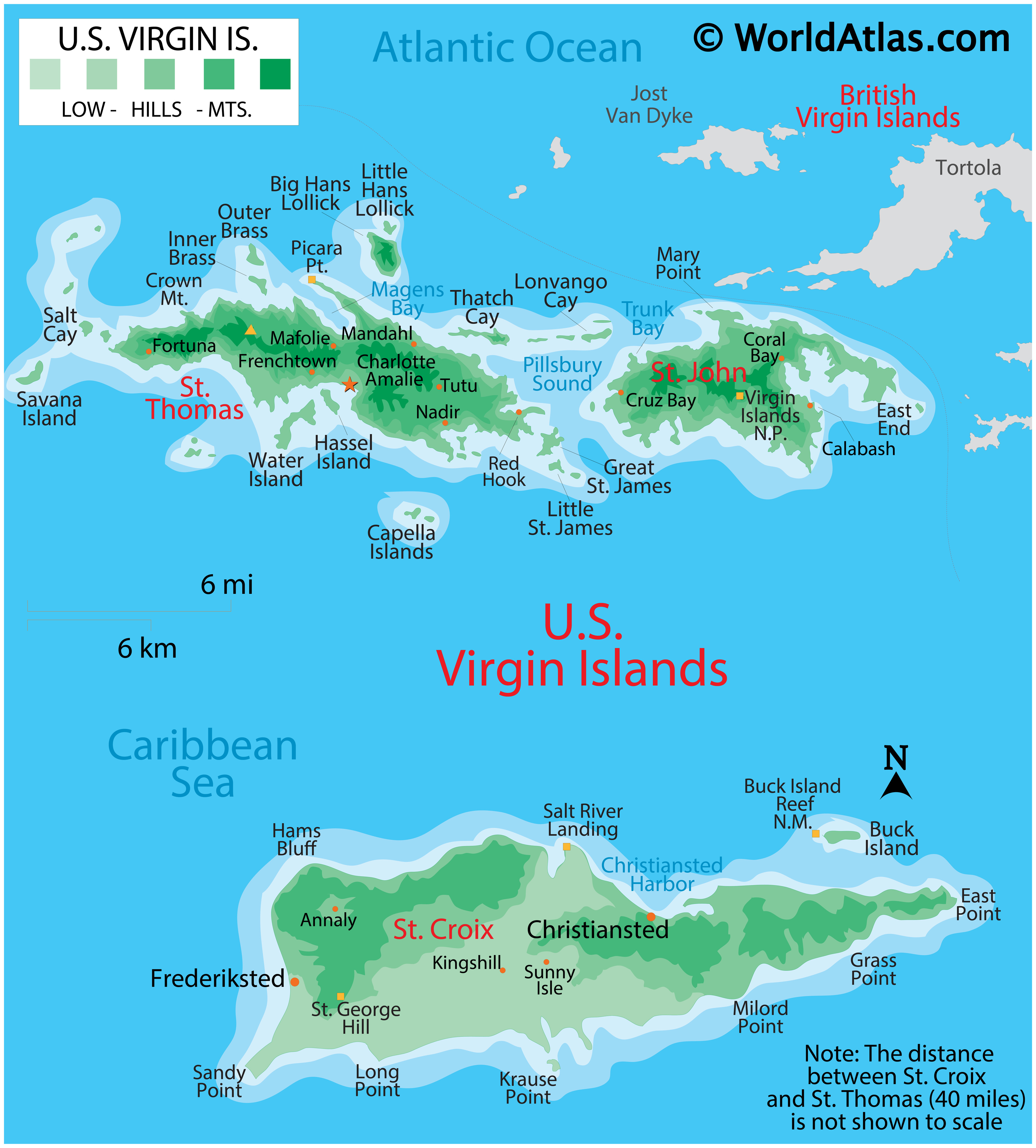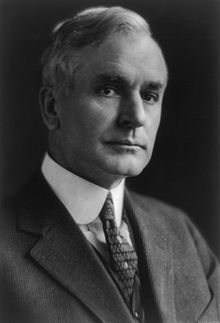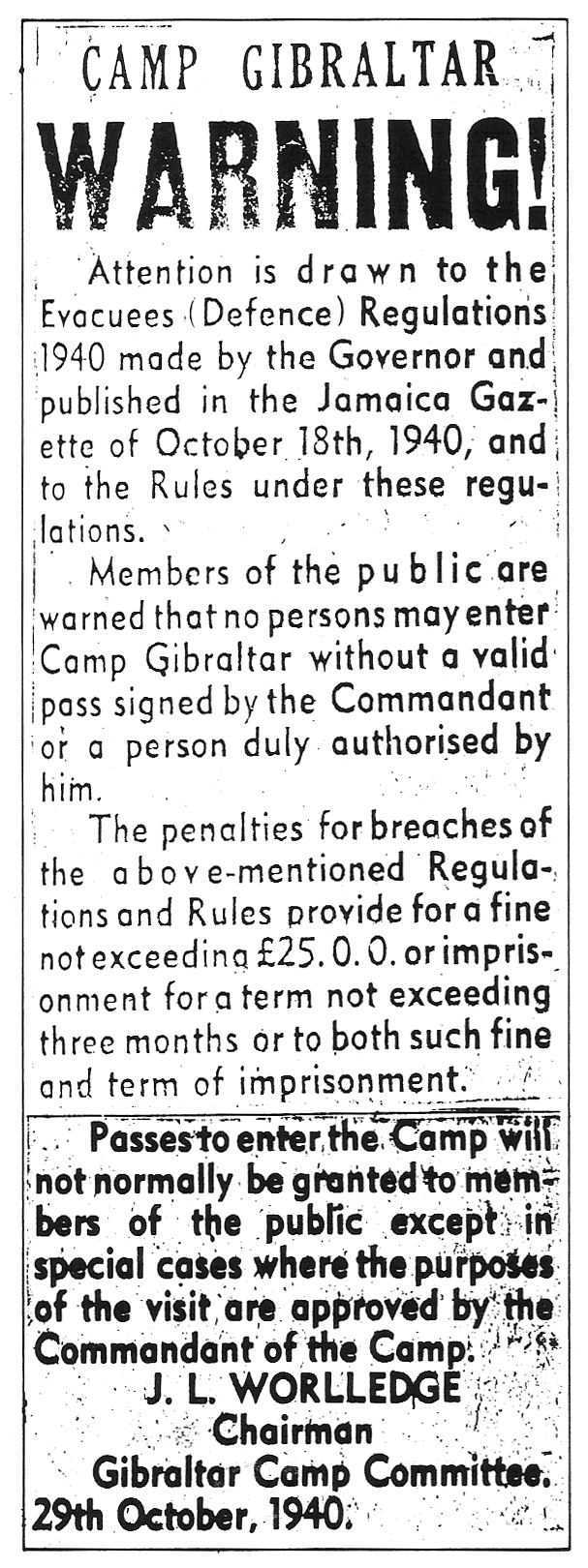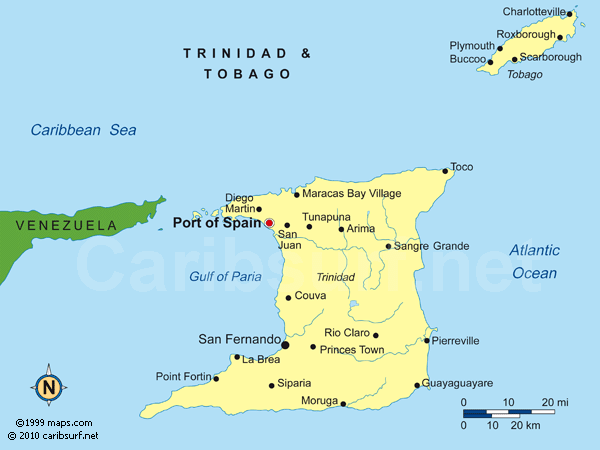Claiming descent from Menashe (or Manasseh), the Bnei Menashe are a community of Jews living in the eastern state of Manipur in India, and over the borders in neighboring Bangladesh and Myanmar. Though they hadn't lived in the Levant area for more than 2000 years, these people are slowly making their way back to Israel, and reclaiming their Jewish religion and heritage.
To understand the Bnei Menashe, you have to understand a bit of Jewish history. After the death of King Solomon, his son, Rehoboam, took the throne. Rehoboam was a bit of a dick, so United Israel had itself a little war. Ten tribes, under the leadership of Jeroboam, split away from Rehoboam, leaving him with two. These two kingdoms became Israel and Judah respectively. With the tribes of Levi¹, Judah, and Benjamin in the Kingdom of Judah.
So time went on, and in about 722 BCE Assyria conquered the Kingdom of Israel, enslaving it's people, and deporting them to other parts of Assyria. Judah was left alone, and most modern Jews claim their descent from those Judean tribes.
So when Assyria fell in 612 BCE, the Menashe escaped. Leery of being enslaved again, the Menashe went east, avoiding major cities. They went so far east, that in 240 BCE, they ended up in China. They started in Tibet, but later moved to the city of Kaifeng. Unfortunately, while in China they were enslaved again. The Bne Menashe were forced to assimilate, and killed in large numbers. Not being down with that, a number of them escaped to live in caves. They were safe in their caves, but in 100 BCE they were expelled from China. That's when the majority of them settled in the Manipur-Myanmar-Bangladesh region.
The Menashe lived in this region for several thousand years without too much disruption. They intermarried with the locals, and adopted some local beliefs, but maintained many of their traditional religious practices, such as a festival where unleavened bread was eaten, and songs about crossing through a large body of water that split in two.
In 1894, Christianity arrived. Recognizing their own oral history in some of the tales from the Old Testament, many of the Menashe adopted Christianity, and practiced for nearly 100 years.
However, in the 1950s some of the Menashe started to question if their ancestors had practiced Christianity at all. Further research lead to the idea that their ancestors may have been Jewish instead of Christian, and while this was just fine with some of the Menashe, several of the Menashe decided to reclaim their Jewish past. They applied to join the new state of Israel, but were denied because they just weren't Jewish enough.
However, in the latter half of the twentieth century Israel changed its tune. While the Menashe are still required to undergo halachic conversion, they are now allowed to immigrate freely to Israel. In April of 2016, DNA testing proved that the Bnei Menashe share Jewish ancestry.
¹"Wait, that's three tribes!" you say. Well, kinda. the Levites were the designated priests of ancient Judaism, so the were set apart from the whole 12 tribes thing. If you include the Levites, there's actually 13 tribes: Ephraim, Manasseh, Levi, Judah, Simeon, Ruben, Issachar, Asher, Dan, Gad, Benjamin, Naphtali, and Zebulun.
Sources
After 27 Centuries of Exile, 102 Bnei Menashe Head to Israel
Bnei Menashe
Does Push for India's 'Lost Tribe of Menashe' Signal New Interest in Far-Flung Jewish Communities?
Over 100 Members of Indian 'Lost Jewish Tribe' To Make Aliya
A Long-Lost Tribe is Ready to Come Home
These Incredible Photos Show Members of an Indian-Jewish 'Lost Tribe' Moving to Israel
Who Are We?
With DNA Tests, Mystery of the 'Lost Tribe' of Indian Jews Finally Solved
 |
| Bnei Menashe heading to Israel. |
So time went on, and in about 722 BCE Assyria conquered the Kingdom of Israel, enslaving it's people, and deporting them to other parts of Assyria. Judah was left alone, and most modern Jews claim their descent from those Judean tribes.
So when Assyria fell in 612 BCE, the Menashe escaped. Leery of being enslaved again, the Menashe went east, avoiding major cities. They went so far east, that in 240 BCE, they ended up in China. They started in Tibet, but later moved to the city of Kaifeng. Unfortunately, while in China they were enslaved again. The Bne Menashe were forced to assimilate, and killed in large numbers. Not being down with that, a number of them escaped to live in caves. They were safe in their caves, but in 100 BCE they were expelled from China. That's when the majority of them settled in the Manipur-Myanmar-Bangladesh region.
 |
| Kingdoms of Israel and Judah in the 800 BCEs |
In 1894, Christianity arrived. Recognizing their own oral history in some of the tales from the Old Testament, many of the Menashe adopted Christianity, and practiced for nearly 100 years.
However, in the 1950s some of the Menashe started to question if their ancestors had practiced Christianity at all. Further research lead to the idea that their ancestors may have been Jewish instead of Christian, and while this was just fine with some of the Menashe, several of the Menashe decided to reclaim their Jewish past. They applied to join the new state of Israel, but were denied because they just weren't Jewish enough.
However, in the latter half of the twentieth century Israel changed its tune. While the Menashe are still required to undergo halachic conversion, they are now allowed to immigrate freely to Israel. In April of 2016, DNA testing proved that the Bnei Menashe share Jewish ancestry.
¹"Wait, that's three tribes!" you say. Well, kinda. the Levites were the designated priests of ancient Judaism, so the were set apart from the whole 12 tribes thing. If you include the Levites, there's actually 13 tribes: Ephraim, Manasseh, Levi, Judah, Simeon, Ruben, Issachar, Asher, Dan, Gad, Benjamin, Naphtali, and Zebulun.
Sources
After 27 Centuries of Exile, 102 Bnei Menashe Head to Israel
Bnei Menashe
Does Push for India's 'Lost Tribe of Menashe' Signal New Interest in Far-Flung Jewish Communities?
Over 100 Members of Indian 'Lost Jewish Tribe' To Make Aliya
A Long-Lost Tribe is Ready to Come Home
These Incredible Photos Show Members of an Indian-Jewish 'Lost Tribe' Moving to Israel
Who Are We?
With DNA Tests, Mystery of the 'Lost Tribe' of Indian Jews Finally Solved

